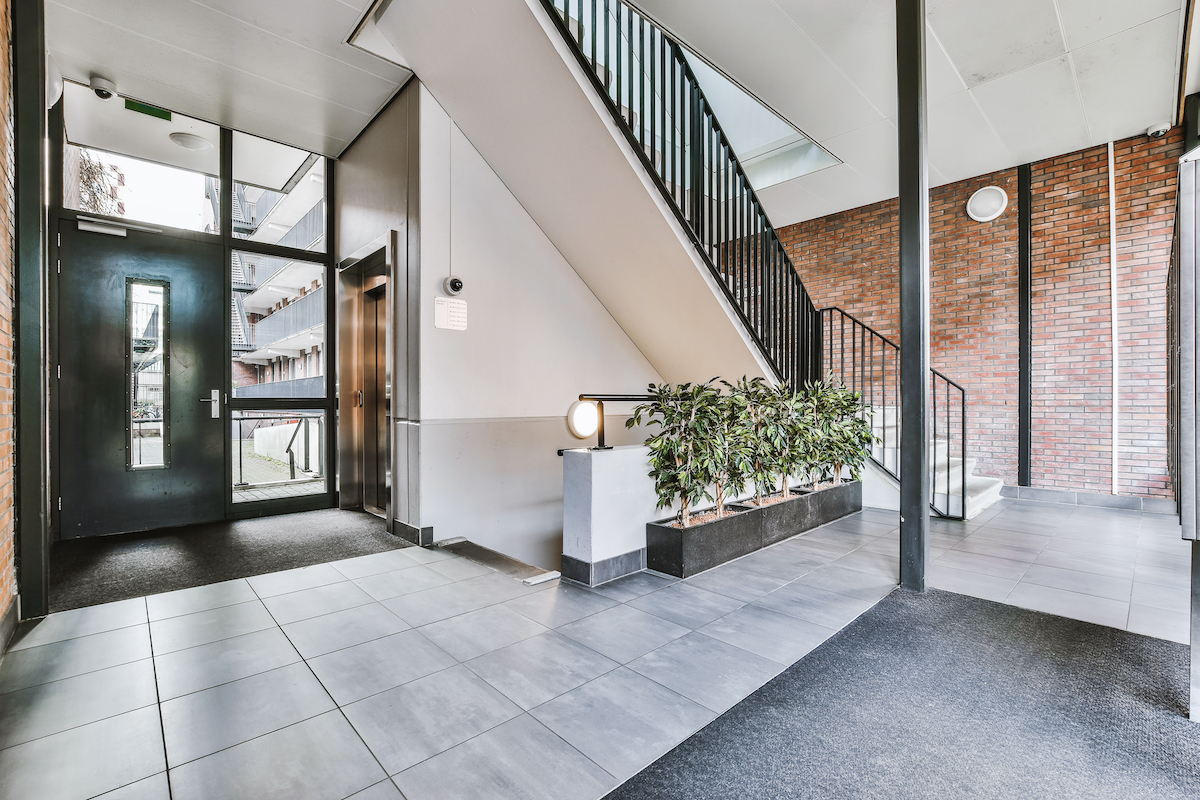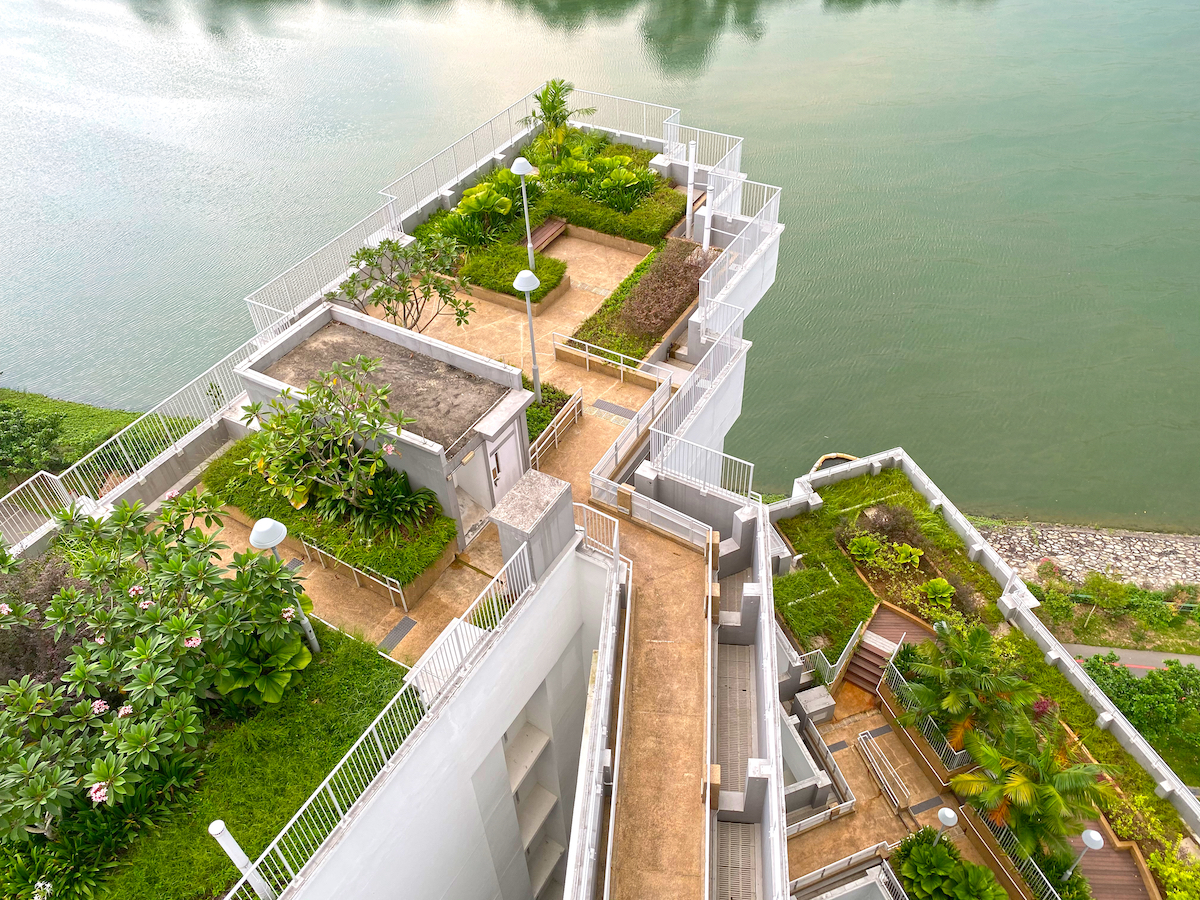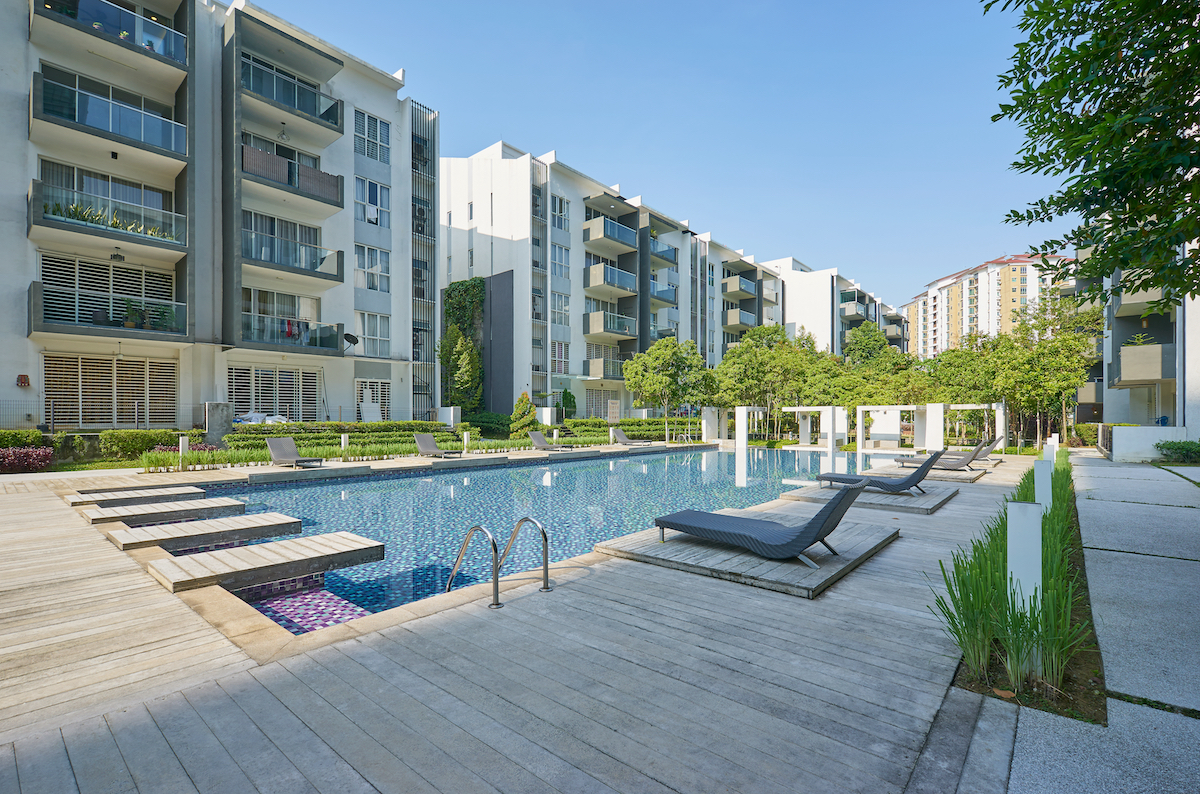What is a Common Area? Rental Definition and Examples

The term “common space” is frequently used in rental agreements. And, although many of us haven’t actually defined the term correctly for us, its definition is apparently self-explanatory and we understood what it meant.
However, there are times when you’ll find yourself in a gray area when it comes to common areas. Each rental and apartment has different common areas and different rules to follow, so it’s hard to decide which one is and how to use it appropriately.
What is a common space?
Common areas are parts of a rental property that are open to all tenants who live there, not just one particular resident. They are usually defined in the rental agreement, so you know which are open for everyone’s use and which are for private use.
Every property’s common areas are different – just because they were common in one apartment complex doesn’t mean they’re common in a different complex. The owner, property management or lessor retains control over the location of common areas and their use.
Examples of common spaces in your building
Since every apartment setup is different, there are differences in their common areas and common usage policies. You want to refer to your tenancy agreement or ask your landlord or property management for clarification on which spaces you and others can freely use.

Entrances and exits of a cooperative residence
Since everyone must enter and leave their apartment, entrances and exits are common areas. Your building may have multiple entrances and there may even be limited access to floors only for the residents who live there.
Although an entrance is a common space, if each floor has controlled access, it is really only a common space for people living on that floor, usually for security reasons. So, make a note of the people who live in your complex and your floor so that you can report any suspicious activity.
Corridors throughout the building
Everyone needs a way to get around the building, so hallways are an obvious example of common spaces. Just like malls which have walkways for people to walk between stores, apartments have hallways to move between apartments. Some hallways may have controlled access only for residents living in that hall, in which case it is a common space for those tenants.
Fire escapes
Obviously, all residents need a safe way out of the building in the event of an emergency like a fire. Emergency exits are always marked and each floor should have a map showing the quickest route out of the facility. Your apartment management should show you the nearest emergency exit to your apartment when you move in, but if not, you should take a look and confirm with management that you know where is the nearest emergency exit.
Stairwells and elevators are for more than one person
Stairs and elevators are used to reach the upper levels of a building, so it is necessary that they are for everyone.
In some complexes there is stairwells and elevators which are not intended for tenants but specifically for maintenance purposes. These maintenance-specific stairs and elevator entrances are clearly marked as such, so you’ll know how to avoid them.
The hall of a housing estate
If your apartment complex has some kind of lobby, it is usually considered a common area. Residents may hang out in their free time, wait to be picked up, or encounter multiple visitors in the lobby of an apartment complex. There are also elevator lobbies where people will wait for an elevator to their floor.

Roofs and balconies
A popular piece of equipment is a roof or a large balcony where the occupants can spend their time when the weather is nice. In some cases, these terraces are for limited private use, but generally they are open to everyone.
Is a bathroom a common area?
Bathrooms are possible common areas, depending on the configuration and layout of the apartment.
There are apartments that do not have a typical layout with bathrooms in each apartment. Some may have private bedrooms, but shared bathrooms for everyone upstairs (like many college dorms). In this case, the bathrooms are a common area.
You can also live in an apartment with roommates, who all share a bathroom. This is another case where the bathroom is a common space.
And the kitchen?
Like bathrooms, kitchens are possible common spaces for similar reasons. If a property does not have a kitchen in each apartment and there is a larger common kitchen, then it is a common space. If you have roommates in your apartment and you all use the same kitchen, this is also considered a common space.
Storage space
Some apartments have their own storage box. These storage spaces are usually for individual apartments and are not shared by multiple apartments. However, if there are multiple roommates living in the same apartment, these somehow turn into storage spaces for those living in each unit.

Swimming pool
If your apartment community has a swimming pool, it is also a common area. Any tenant can use the swimming pool. And, if management allows, they can rent it out to tenants for personal use, like a party. These rental periods are not the norm and there should still be plenty of time the pool is open for regular use by renters.
Exclusive use of common areas
Some locations require additional payment from tenants to use. This payment is optional and only tenants who wish to access a common area for exclusive use will have to pay. So if it’s not something you want to use, you can save a few bucks.
The exclusivity of these places only becomes exclusive if the overall management structure of your apartment decides so. Some areas, like the lobby, are open to everyone at all times. Whereas something like the pool may require you to have a key to get in and you have to pay an additional fee every month to get a key from the management.
Who is responsible for the maintenance of a common space?
Maintenance may vary depending on lifestyle and apartment complex. If it is a common space for an entire apartment property, such as a lobby, the responsibility for maintenance rests with management.
Maintaining the common areas of a commercial property isn’t just about cleaning – it also involves making repairs and ensuring it’s pest-free. Typically, an apartment owner hires services to maintain common areas. This includes cleanup crews, repairmen, pest control services, and may even get assistance from community service personnel.
If it is a common area of an individual unit shared by roommates, cleaning is the responsibility of the roommates living in the apartment. The roommates can decide to clean it in turn or they can do it systematically together.
The common areas are for all tenants
Ultimately, if an area is “common”, all tenants can use it. After using it, you should clean up trash or personal items, tidy up after each use, and don’t dominate it too often and for too long. Residents cannot appropriate these sites or divide them for the purely personal use of a single tenant. It is therefore important that all tenants respect each other and the property. Use them for reasonable hours, be nice to those who use the spaces at the same time, and don’t leave a mess!




